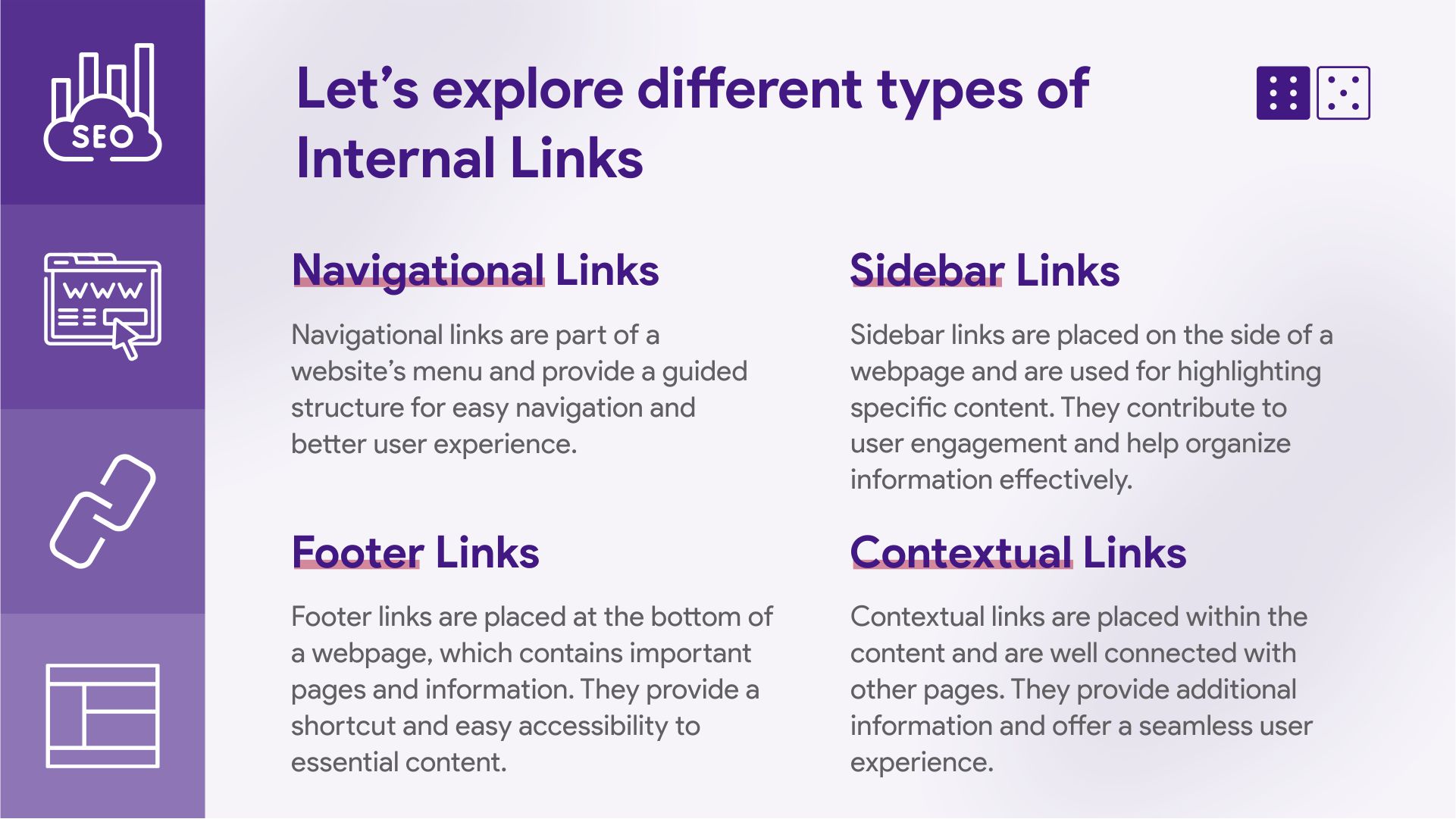How to improve your SEO with user-friendly interlinking
Companies known to use, sell, or share user data to train AI models Companies known to use, sell.

In the online world of digital marketing, Search Engine Optimization stands as the influential technique for online success. Among many things that contribute to SEO, user-friendly interlinking proves to be the most important tool.
In this article, we’ll explore the importance and details of internal links, internal linking SEO, content links, various types of links, blog linking, and internal anchor keyword links to amplify your website’s SEO, and address the crucial question – how many internal links per page SEO to be used?
In simple terms, internal links connect pages within the same website such as blog linking, thus helping navigation and promoting the website as the whole user experience.
While external links direct users to pages of different websites and establish connections with external sources.
Both these types of links are important for SEO, impacting site structure, user engagement to generate traffic, and search engine rankings.
Internal links connect different pages of your website and create a structure easy for the users and search engines to understand.
When used strategically, they enhance the user experience by providing ideal navigation through pages on the same website.
It also contributes to internal linking SEO by guiding search engine bots through your site.
When connected well, Internal links facilitate logical flow and help users to navigate and explore, thus engaging and improving the usability of the website.
Internal links help bots find and index various pages on your site effectively, thus contributing to better clarity.
Tactfully placed internal links help in navigation, reducing bounce rates, and long user engagement, which positively influences SEO.
Internal links are attached with keywords, signalling search engines to give the relevance of specific pages, playing a vital role in improving keyword rankings and harmony with your content.

Navigational links are part of a website’s menu and provide a guided structure for easy navigation and better user experience.
Footer links are placed at the bottom of a webpage, which contains important pages and information. They provide a shortcut and easy accessibility to essential content.
Sidebar links are placed on the side of a webpage and are used for highlighting specific content. They contribute to user engagement and help organize information effectively.
Contextual links are placed within the content and are well connected with other pages. They provide additional information and offer a seamless user experience.
Content links connect users from one piece of information to another. Placing these links helps search engines understand the contextual relevance of different pages.
Each link has significant relevance in the content and SEO. As discussed above, navigation links, sidebar links, footer links, and Contextual links have one major goal to provide a better user experience and engage the reader.
Internal anchor keyword links when used strategically improve keyword rankings and help SEO to move ahead in the search bar. These keywords are to be placed thematically for better significance.
As there is no fixed number of links to be used, overloading the page with internal links can negatively impact the user experience and decline the engagement of the viewers. These links should be relevant and contribute to the topic of the article.
With the advancement of the world and technology, the topics should be reviewed and updated and so the internal links to ensure the relevance and thorough experience of the user.
This tag is used when the information is not to be passed to search engines for SEO value This link will not give authority from the linking page to the linked page and is used to prevent the transfer of links which makes the link unsevere for search engine optimization.
This link is used to make users frequent visitors to the page or website by asking them to sign up for a newsletter, offer, or make a purchase. This link tries to gather information from the user to give them a better experience for the future.
These links are placed near the relevant keywords to increase their visibility and try to engage users on the website.
To create a user-friendly interlinking, which can improve SEO, there are important things to be done ranging from using the right keywords to placing the links for visibility. These things will not only provide support to other strategies used for SEO but also help search engines understand the structure of your content as well as the website along with giving a better user experience.
Thus these are some of the best ways you can achieve the desired result that can elevate your SEO game and increase your online presence.
Share
By clicking “Subscribe” you agree to ELEVEN DICE Privacy Policy and consent to ELEVEN DICE using your contact data for newsletter purposes
In the cutthroat world of digital marketing, producing quality leads is essential for business expansion for all types of enterprises. One of the most important tactics for drawing in, interacting with, and winning over new clients is content marketing. This article explores the sophisticated techniques for using content marketing to produce high-quality leads. It focuses […]
SEO is essential for startups who want to create an online presence on a shoestring with minimum funding. Good SEO may increase conversion rates, increase brand visibility, and generate organic visitors. This article explores ten cutting-edge SEO tactics designed for resource-constrained companies, offering a technical road map for optimizing your online presence. 1. Keyword Research […]
Imagine you’re browsing social media and you come across a post or an ad of some celebrities wearing stylish sunglasses from a brand you haven’t heard of before. It is possible that you will search the brand online and discover their website. You may go through their collection, be impressed by the variety and unique […]
Writing tips and examples, best reads, cool tools, jobs, and friendly encouragement to do your best writing. sent weekly, on Thursdays.
Sent weekly, on Thursdays. Costs $0. Unsubscribe any time.
